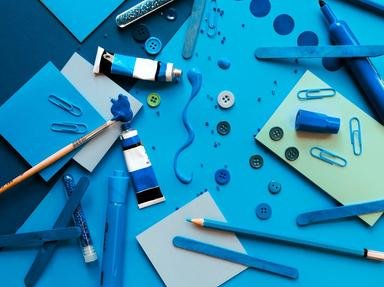Quiz Answer Key and Fun Facts
1. All of these Japanese crafts will likely involve some white raw materials, but which of them requires white sand?
2. Whitework embroidery involves stitching done on a foundation fabric of the same colour, usually white. All but one of the following are whitework techniques, which one is not? Ladies of the court during the reign of King James I would know.
3. Traditional using white cord, this craft involving knotting cords by hand is called what?
4. In the classic game Cluedo (Clue in North-America), which room can't Mrs. White enter (because it is not on the board)?
5. Antique opaque white glass objects can be highly prized and very collectible. Which of these options is a term that is commonly used to describe such pieces?
6. Which of the following white cheeses is not Italian?
7. White porcelain called Dehua is produced in which country?
8. What is it about the wine making process that makes a white wine white and a red wine red?
9. What traditionally white lace uses bone bobbins and a cushion?
10. The practice of sewing Mother of Pearl buttons to his clothes caused Henry Croft to be named as what?
Source: Author
em1958
This quiz was reviewed by FunTrivia editor
WesleyCrusher before going online.
Any errors found in FunTrivia content are routinely corrected through our feedback system.

